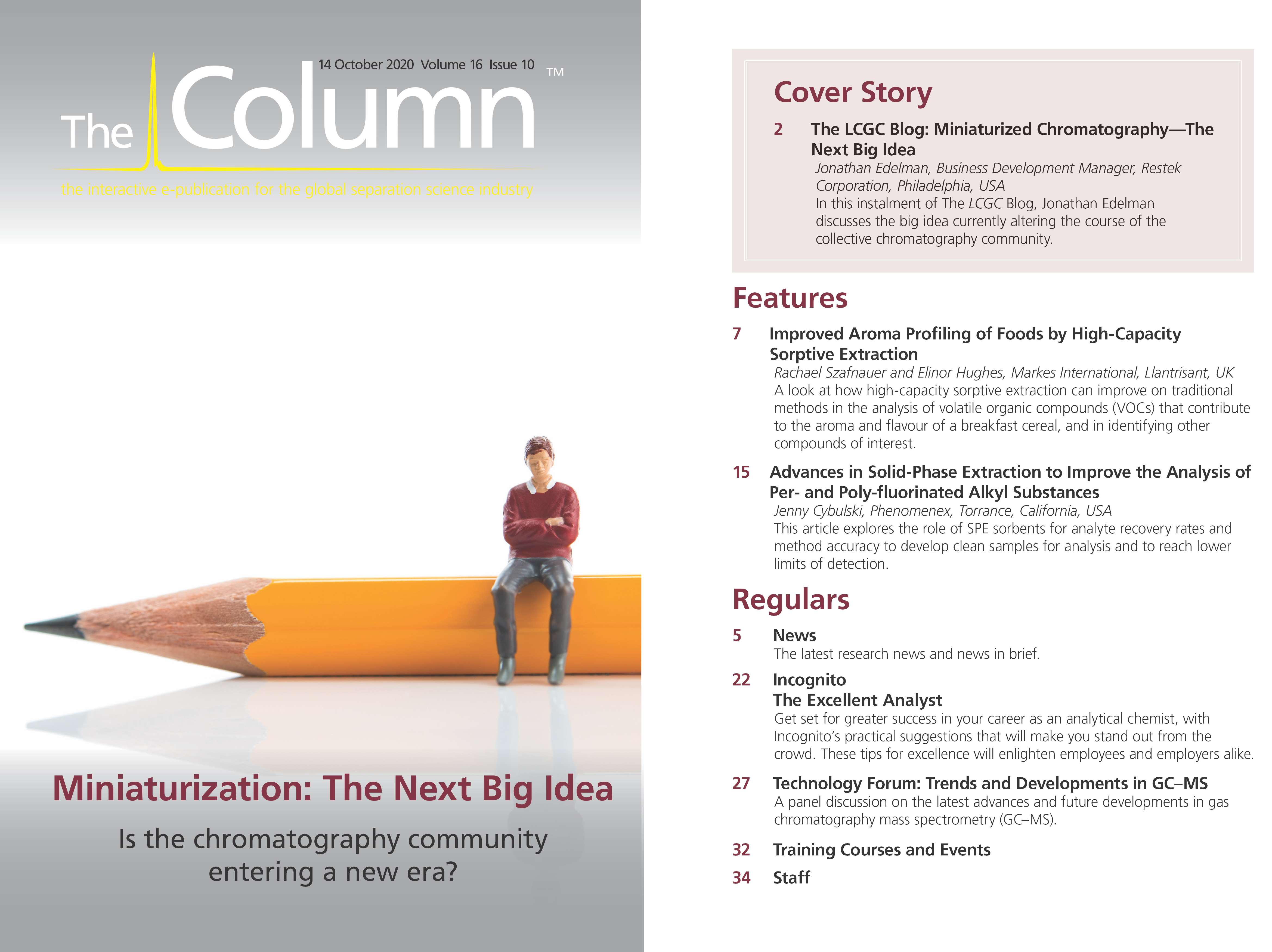Speciation Analysis of Metal-Chelator Complexes in Environmental Matrices
Researchers have developed a rapid and sensitive technique for the speciation analysis of complexes of nickel, lead, cobalt, iron, and calcium, as well as two aminopolycarboxylate chelator variants, EDTA and EDDS.
The natural speciation of metals in environmental matrices can be easily disrupted by chelators which form soluble complexes with metals. Unfortunately, the detection of such complexes during their formation in environmental matrices has remained challenging, largely because of the difficulty in obtaining the precise inherent nature of metal-chelator complexes using routine techniques. As such researchers have developed a rapid and sensitive technique for the speciation analysis of complexes of nickel, lead, cobalt, iron, and calcium, as well as two aminopolycarboxylate chelator variants, EDTA (ethylenediaminetetraacetic acid) and EDDS (ethylenediamine-N,N’-disuccinic acid). Sample preparation consisted of a simple dilution, the speciation analysis was performed using ultra-performance liquid chromatography-quadrupole/time-of-flight mass spectrometry (UPLC-Q-TOF–MS), and separation was achieved using hydrophilic interaction liquid chromatography (HILIC) (1). The effect of various operating parameters on analytes such as mobile‑phase composition, buffer concentrations and pH, sample diluents, sample injection volume, and column temperature on the peak shape and sensitivity were systematically optimized. These steps resulted in a rapid and dependable method of speciation analysis and simultaneous detection of metal-chelator complexes from environmental samples.
References
- S. Miah, J. Chrom. A 1630, 461528 (2020).

New Method Explored for the Detection of CECs in Crops Irrigated with Contaminated Water
April 30th 2025This new study presents a validated QuEChERS–LC-MS/MS method for detecting eight persistent, mobile, and toxic substances in escarole, tomatoes, and tomato leaves irrigated with contaminated water.

.png&w=3840&q=75)

.png&w=3840&q=75)



.png&w=3840&q=75)



.png&w=3840&q=75)











